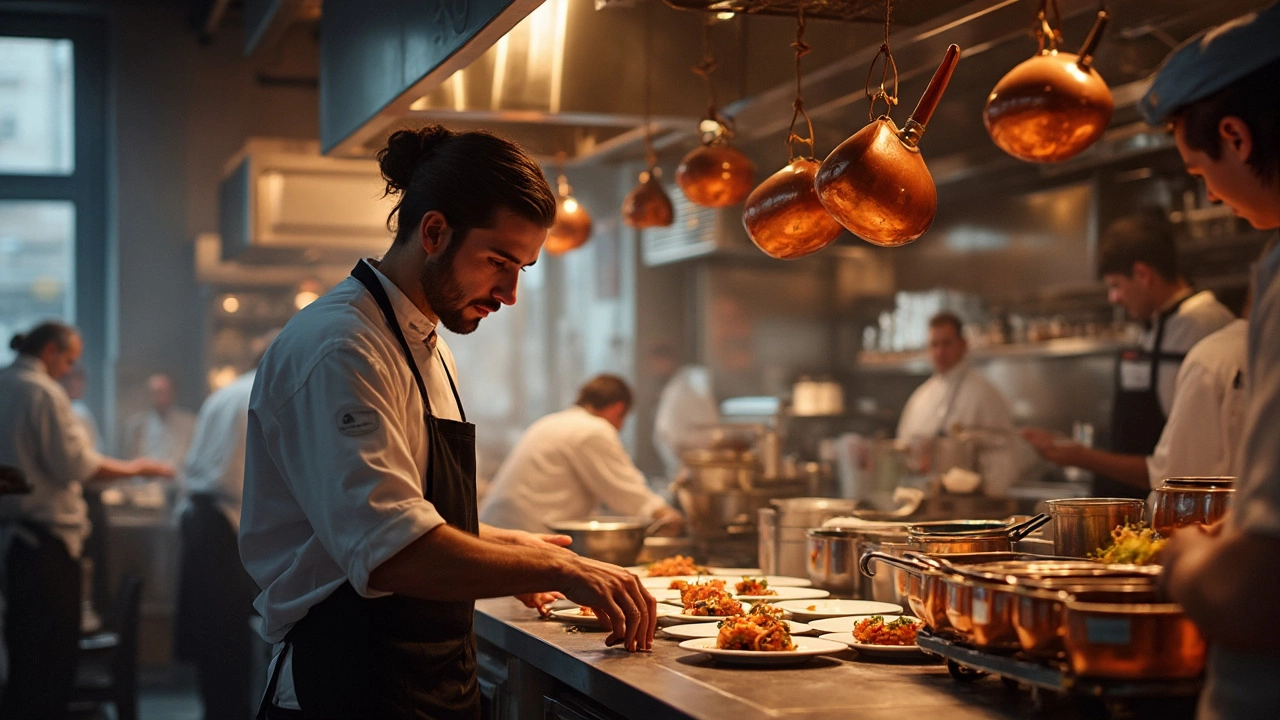Cooking Methods Made Simple – Tips for Every Kitchen
Got a stove, oven, microwave or hob and wonder how to use them best? You’re not alone. The right cooking method can mean tastier food, lower bills and fewer call‑outs to a repair tech. Below you’ll find the basics you need to get started without any jargon.
Basic Cooking Techniques
Boiling is the go‑to for pasta, veg and eggs. Fill a pot with enough water to cover the food, bring it to a rolling boil, then add a pinch of salt. Keep the lid on for the first few minutes – it saves heat and cuts cooking time.
Steaming keeps nutrients in veggies and fish. Use a metal steamer basket or a heat‑proof colander over a pot of simmering water. Cover tightly and check every few minutes; most veggies are done in 5‑7 minutes.
Sautéing works best in a shallow pan over medium‑high heat. Add a thin layer of oil, wait until it shimmers, then toss in your meat or veg. Keep the food moving so it browns evenly and doesn’t stick.
Baking uses dry, even heat – perfect for casseroles, cakes and roasts. Preheat the oven, place food on the middle rack, and avoid opening the door too often. Each 15‑minute opening can add 5‑10 minutes to the cooking time.
Grilling (or broiling) gives that charred flavour without a BBQ. Set the oven’s grill to high, place food on a rack, and watch closely – food can go from perfect to burnt in seconds.
Choosing the Right Method for Your Appliance
If you have a gas hob, flame‑based cooking like sautéing and stir‑frying feels natural. Adjust the burner size to match the pan – a small pan on a big burner wastes gas and heats unevenly.
Electric cooktops heat slower but stay steady. Use a slightly larger pan to capture the full surface area, and give the hob a minute or two to warm up before adding food.
Modern microwaves are great for quick reheats, defrosting, and “steam‑cook” dishes. Add a splash of water to veggies or cover a dish with a microwave‑safe lid to trap steam and keep food from drying out.
Glass‑ceramic hobs combine the speed of gas with the flat surface of electric. When you hear a sizzling sound, the heat is ready. Keep the surface clean; food residue can cause uneven heating and may need a service call.
Remember, the best method also depends on what you’re cooking. Tough cuts of meat benefit from slow‑cook or braise – both use low heat and a bit of liquid to break down fibres. Delicate fish does best with steaming or gentle pan‑frying at medium heat.
Lastly, keep an eye on wear and tear. Over‑heating a hob, running a dishwasher empty, or using metal utensils in a non‑stick pan can speed up repairs. Simple habits – like cleaning spills right away and using the right size pot – will keep your appliances running longer.
Ready to try a new technique? Pick one method you haven’t used much and test it on a simple recipe this week. You’ll notice the difference in taste, energy use, and how often you need a repair call. Happy cooking!
